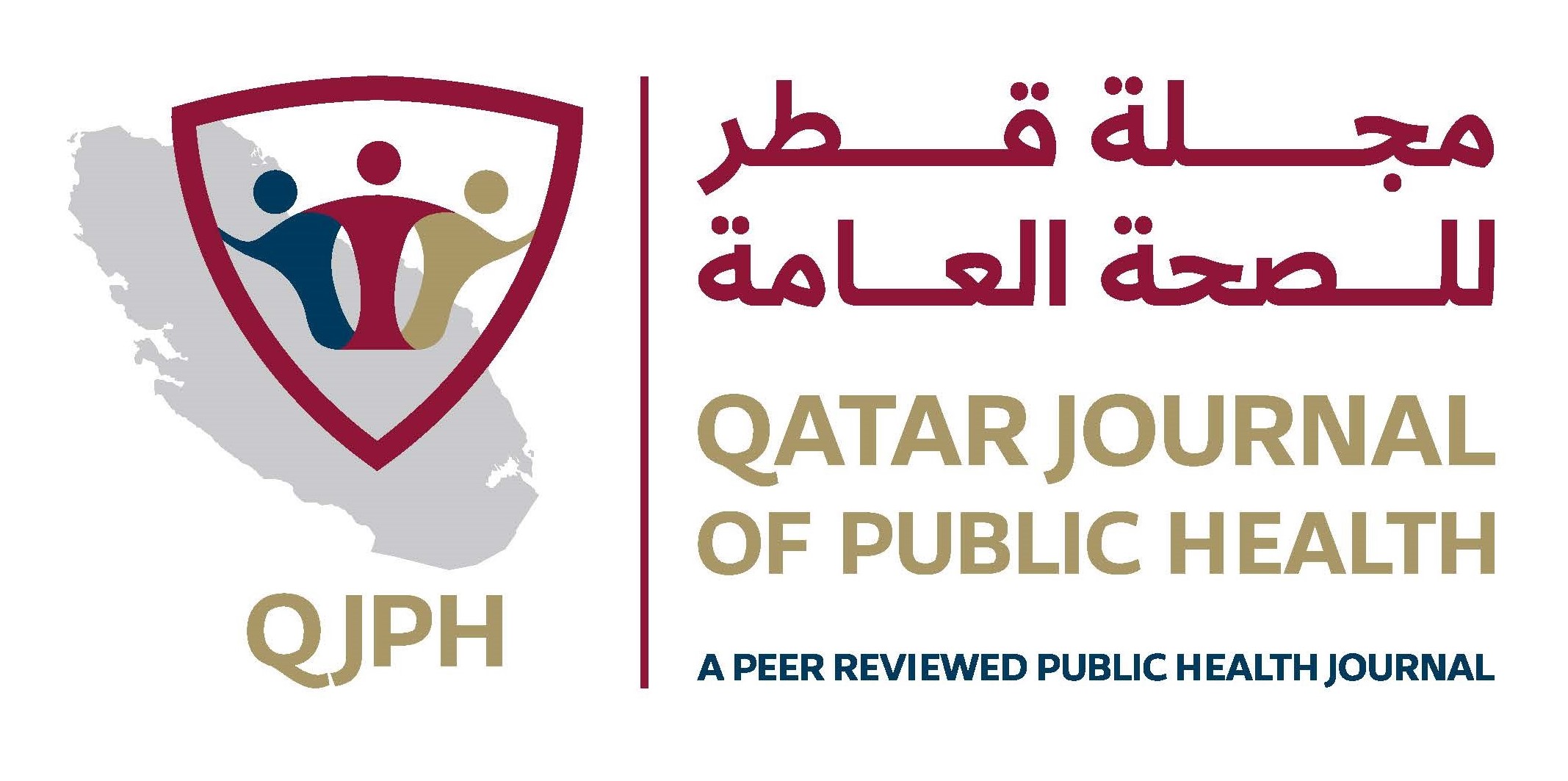-
oa War-torn dreams: The struggle for infertility care and IVF access in Sudan’s crisis
- Source: Qatar Journal of Public Health, Volume 2025, Issue 1, May 2025, 3
-
- 02 February 2025
- 24 March 2025
- 05 May 2025
Abstract
Infertility affects 10–16% of Sudan’s population and is a major public health concern exacerbated by the ongoing war, which has severely disrupted access to essential healthcare services, including in vitro fertilization (IVF). Even before the conflict, Sudan’s IVF landscape faced significant challenges, including socioeconomic constraints, limited investment in healthcare infrastructure, a shortage of trained specialists, and high treatment costs. Cultural and religious factors significantly reduced demand for IVF services, while geographical disparities in fertility center distribution created inequitable access. The war has intensified these pre-existing barriers, displacing populations, diverting resources from healthcare, and driving medical professionals away. The destruction of healthcare infrastructure and the psychological toll of war have further reduced access to IVF, leaving infertile couples with few options. Despite these challenges, international aid, public awareness campaigns, and innovative solutions such as mobile clinics, telehealth services, and financial assistance programs provide hope for recovery. To rebuild Sudan’s reproductive healthcare system, it is crucial to prioritize infrastructure reconstruction, enhance specialist training, and implement policies that ensure equitable access to fertility treatments. Addressing these challenges through sustained investment and targeted interventions is essential to restoring reproductive healthcare services and enabling Sudanese couples to fulfill their dreams of parenthood.


